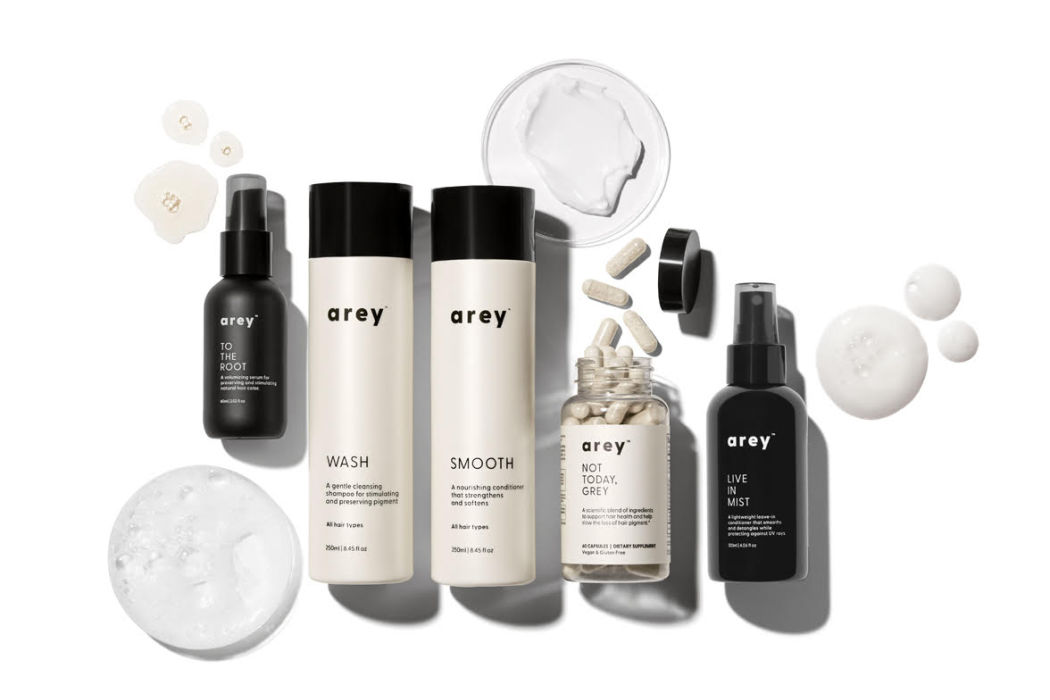Today more than ever, brands earn trust through authenticity. It’s true. Weaving fantastical stories together to offer a false sense of promise is no longer customary in the world of marketing. Using specific hair pomade won’t get you the girl and cigarettes are definitely not doctor endorsed, as 1960’s advertising would have had you believe.
In 2015 and beyond, the more authentic the brand story the better. Transparency is revered as consumers deepen their brand relationships not only through their purchasing power, but through meaningful conversations happening moment by moment via social media. This foundation holds up no matter the product category. Disney, the most magical storyteller of all, is heavily engaged in bringing fairytales to life, but through authenticity of experience. Their new media campaign, Unforgettable Happens Here, does a masterful job of showcasing wonder and joy, authentic emotions visitors actually experience at their parks. How does your brand communicate its brand story? Are you creating joy, like Disney? Does your brand solve a problem like Sugru, a brand of mouldable rubber glue that uses customer-generated content to help sell their stuff?
Telling a strong brand story, and steering away from fairytales, takes focus. Take time to fine-tune your brand’s story and communication plan with these seven steps:
- Listen to your customers. Before you decide to revisit the way you talk to them, allow them the space and freedom to talk to YOU. Involve the people that engage with your brand, ask them open ended questions about their perceptions, brand value and product utility. In addition, read brand and product reviews. Pay equal attention to high points and the opportunities for improvements.
- Define your true place in the market. Does your brand solve a problem or are you creating an entirely new category? It’s important to understand what kind of conversation you want to have with your existing and potential customers. Some brands need to educate within their brand story, others need to create an emotional or experiential connection. The right strategy depends on your specific brand, which leads us to our next point.
- Revisit past, present and future goals. Much easier said than done, this is the most challenging and most important part of the process. You may be wondering why goal setting isn’t #1, but don’t throw anything at your screen quite yet. Moving ahead means knowing where you came from; understanding how your customers perceive your brand is an essential and invaluable first step. Setting your future goals could involve refinement or a complete makeover of your brand story. Take time to think about where you want to go and who you want to engage with- and, ultimately, you will need to set goals for measuring impact.
- Secure three to four descriptive words that help define your brand story. If it’s going to resonate, it’s got to be simple.
- Create a brief yet meaningful brand story, just a sentence or two should work. Same point as #4, simplicity is key (it’s really the same thing as a 60-second elevator pitch) and must showcase the Four W’s:
- Who?
- What?
- Why?
- What….is wonderful about your brand?
- Outline your integration. Define and list all of the areas you’re going to highlight your brand story. Marketing materials, product packaging, sales meetings, social media, public relations, etc. The list is long and it should be as communication is key. It’s not about sharing words, but moreover, creating a foundation that has many levels of immersion.
- Listen and connect. Keep communication flowing and listen to how your internal and external touch points connect with your refreshed brand story. More importantly, be a part of the conversation. Having a compelling brand story isn’t about perfection; it’s about authenticity and staying connected.
What story does your brand tell? Drop us a comment below.
-N.C.




